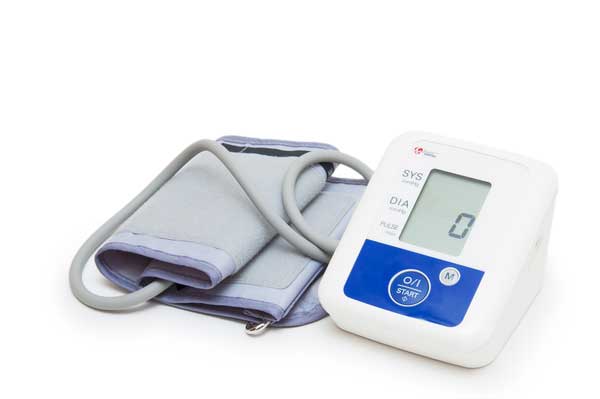Heart failure is a complex condition that impacts millions of people. Diagnosing and treating it requires a multi-faceted approach. In this comprehensive guide, we will explore the key ways medical professionals detect heart failure, quantify its severity, and help patients manage their symptoms.

Tests Used to Diagnose Heart Failure
The first step in caring for heart failure patients is accurately diagnosing the condition. Doctors use a combination of tests to check for signs of structural heart changes and improper functioning.
The 12-Lead EKG
While an EKG alone can’t definitively diagnose heart failure, it can reveal issues often associated with the condition. Doctors look for ST segment and T wave abnormalities, arrhythmias, bundle branch blocks, and more.
Chest X-Rays
Chest x-rays allow physicians to check for an enlarged heart (cardiomegaly) and fluid in the lungs (pulmonary edema)—two key indicators of heart failure.
Echocardiograms
Echocardiograms are the gold standard for evaluating heart failure. They use sound waves to create moving images of the heart. This allows doctors to check for enlargement, valve problems, contractility issues, and reduced ejection fraction.
Hemodynamic Monitoring
Checking catheterization lab hemodynamics provides key data like elevated central venous pressure, high pulmonary artery pressure, and low cardiac output/index.
BNP Blood Tests
A blood test for BNP reveals elevated levels of this protein released by stretched heart ventricles. Higher levels indicate more severe heart failure.

Classifying the Severity of Heart Failure
Once a heart failure diagnosis is confirmed, the next step is gauging its severity. There are two main classification systems used:
AHA Stages
The AHA system categorizes patients into stages A, B, C, and D based on their structural heart disease and symptoms. Higher stages indicate more advanced disease.
NYHA Functional Classification
This scale divides patients into classes 1-4 depending on their symptoms and activity limitations. More severe classifications signal worse heart failure.
Understanding a patient’s AHA stage and NYHA class provides insight into their prognosis and guides treatment plans.

Treating Heart Failure Patients
Managing heart failure aims to reduce fluid overload, lower strain on the failing heart, stabilize deteriorating conditions, and minimize troubling symptoms. Here is an overview of key treatments:
Medications
Medications used include:
- Diuretics to flush out excess fluid
- ACE inhibitors to relax blood vessels
- Beta blockers to ease heart strain
- Digoxin to boost contractility
Devices
Devices used include:
- IABP – Intra-aortic balloon pumps
- VADs – Temporary or permanent ventricular assist devices
- Pacemakers and ICDs for resynchronization
Surgery
Surgical options include:
- Coronary bypass or valve repair/replacement
- Ventricle reconstruction surgery
- Bridge to transplant with short or long-term assist devices
- Ultimate heart transplantation
The right treatment plan depends greatly on each patient’s degree of heart failure progression and their ability to tolerate specific interventions. Multimodal management is often needed to provide the greatest chance of stability and symptom relief.
Conclusion
Diagnosing, classifying severity, and properly treating heart failure requires a complex approach leveraging various tests, rating systems, medications, devices, and surgical techniques. But methodically following these key steps provides patients with the greatest opportunities for an optimal outcome. Integrating the process covered in this guide will equip any medical professional to effectively manage this chronic, progressive condition.
